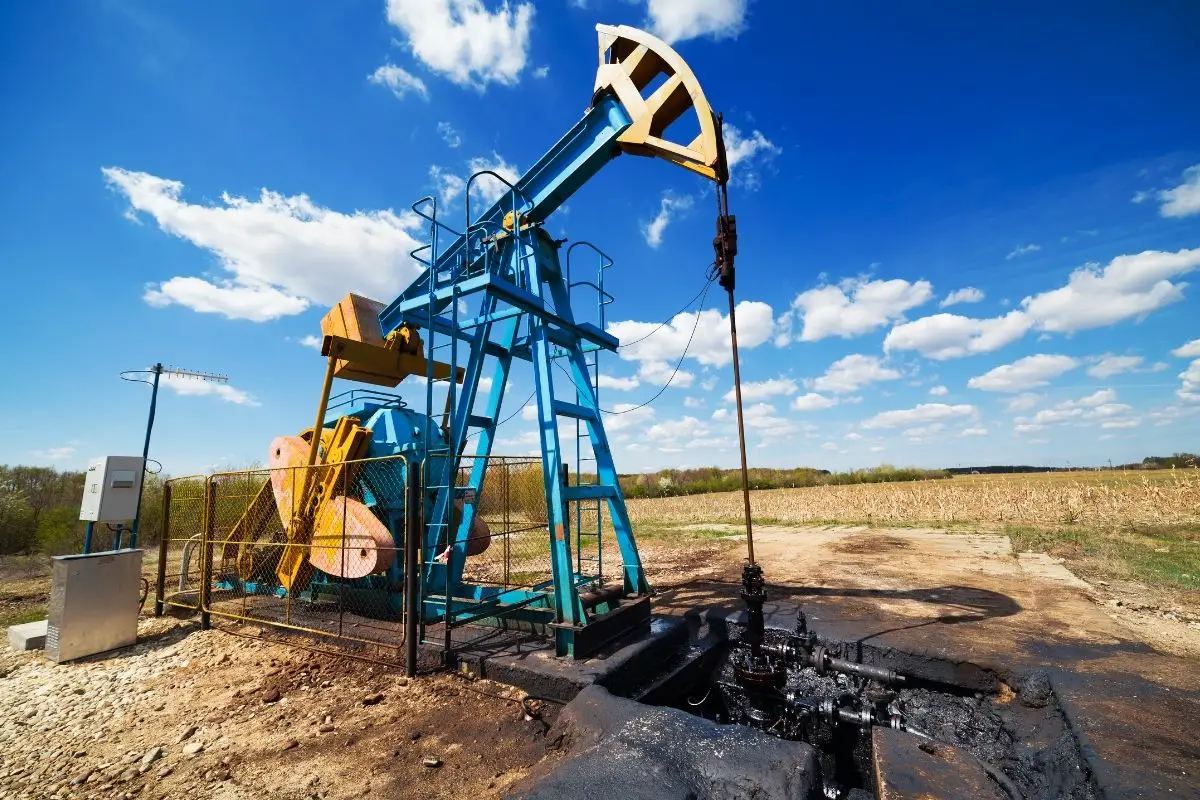
Denmark pledges to increase renewable hydrogen production for decarbonization
March 21, 2022The country will be using the green H2 to help to achieve its climate goals in transport and heavy industry.
Denmark has announced a new commitment to boosting renewable hydrogen production as the country’s government has pledged that it will be a vital component of its nationwide decarbonization strategy.
The zero-carbon fuel is intended for use in decarbonizing everything from planes to trucks and ships.
Renewable hydrogen production will provide the country with a source of fuel that can be used to power trucks, airplanes, and cargo ships among other large vehicles. It will also be used as a replacement fuel for steel and cement production’s use of coal. This will help to substantially reduce the greenhouse gas emissions produced as a result of transportation and heavy industry in the country.
Green H2 is produced through electrolysis which is powered by renewably generated electricity, such as from wind and solar. The process splits water molecules into oxygen and hydrogen. Denmark’s current target is to construct as much as 6 gigawatts of electrolysis capacity. Before that can happen, the country will be required to expand its sources of renewably generated electricity. The strategy will move forward with the support of financial subsidies of USD$184.83 million (1.25 billion Danish crowns).

Denmark’s government is hoping the renewable hydrogen production will shift the reliance on oil.
“We have had an economy which has been based primarily on oil but in the future it will be based on hydrogen,” said Dan Jorgensen, Climate and Energy Minister of Denmark, in a Reuters interview quoted in a Yale report. “This will help us to become independent of fossil fuels.”
According to Jorgensen, the expectation is that the European Union (EU) will rapidly provide its approval for the aid requested by the country. That will provide Denmark with the opportunity to reduce its reliance on imported Russian fossil fuels and shift to a domestic alternative that also aligns with decarbonization goals.
Denmark, like most of Europe, is heavily reliant on fossil fuels from Russia, including oil, coal and natural gas. Due to the Russian invasion of Ukraine, European countries are seeking to limit those imports as much as possible. As the EU is already seeking to move away from fossil fuels in order to meet climate goals, Denmark’s strategy to build up its renewable hydrogen production would only accelerate an existing strategy. The EU is seeking to establish six gigawatts of electrolysis capacity across member states in the next two years. That target rises to 40 gigawatts by 2030.



 With over 15 years of reporting hydrogen news, we are your premier source for the latest updates and insights in hydrogen and renewable energy.
With over 15 years of reporting hydrogen news, we are your premier source for the latest updates and insights in hydrogen and renewable energy.
Green hydrogen is expensive to produce by electricity alone. The water molecule can also be split by heat alone, around 900C, so it can be split by electricity and heat together, as both can provide the high energy necessary. This can be done at lower cost than electricity alone, by steam electrolysis using waste steam, for example from power stations and steel manufacture.